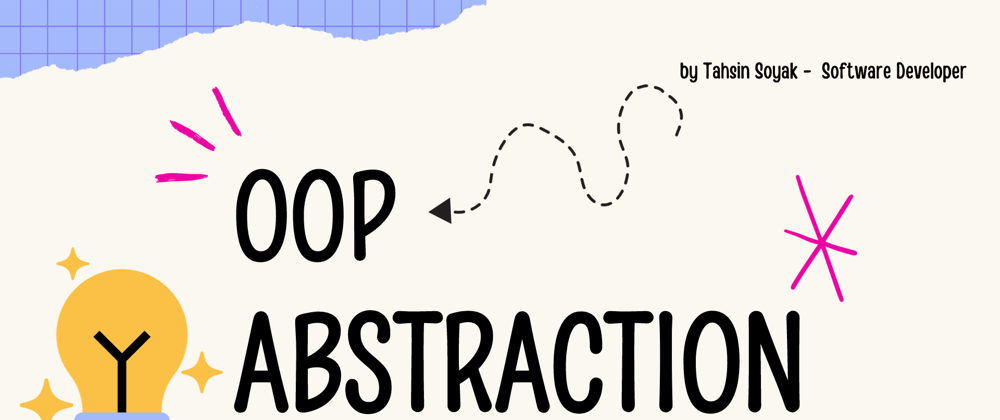Abstraction, a foundational concept in Python, allows developers to create a superclass that carries common features and functions of subclasses without having an object of its own.
Key Concepts:
- Common Features: Abstraction enables the creation of a superclass that encapsulates shared attributes and methods of subclasses.
- Template Definition: Methods in the abstract class can serve as templates to be overridden by subclasses.
Benefits of Abstraction:
- Simplified Design: Abstract classes provide a blueprint for subclasses, simplifying the overall design.
- Modularity: Encapsulation of common features enhances code modularity and maintainability.
Example: Animal Hierarchy Consider an abstract class "Animal" with an abstract method "make_sound." Subclasses like "Dog" and "Cat" will implement this method according to their specific sound.
from abc import ABC, abstractmethod
class Animal(ABC):
@abstractmethod
def make_sound(self):
pass # Abstract method to be implemented by subclasses
class Dog(Animal):
def make_sound(self):
return "Woof!"
class Cat(Animal):
def make_sound(self):
return "Meow!"
# Usage
dog_instance = Dog()
cat_instance = Cat()
print(dog_instance.make_sound()) # Output: Woof!
print(cat_instance.make_sound()) # Output: Meow!
In this example, abstraction allows the "Animal" superclass to define a common method, "make_sound," which is implemented differently by its subclasses (Dog and Cat). This promotes a clean and modular design in Python.
If you need further information or have specific questions, feel free to ask! Tahsin Soyak tahsinsoyakk@gmail.com







Top comments (0)